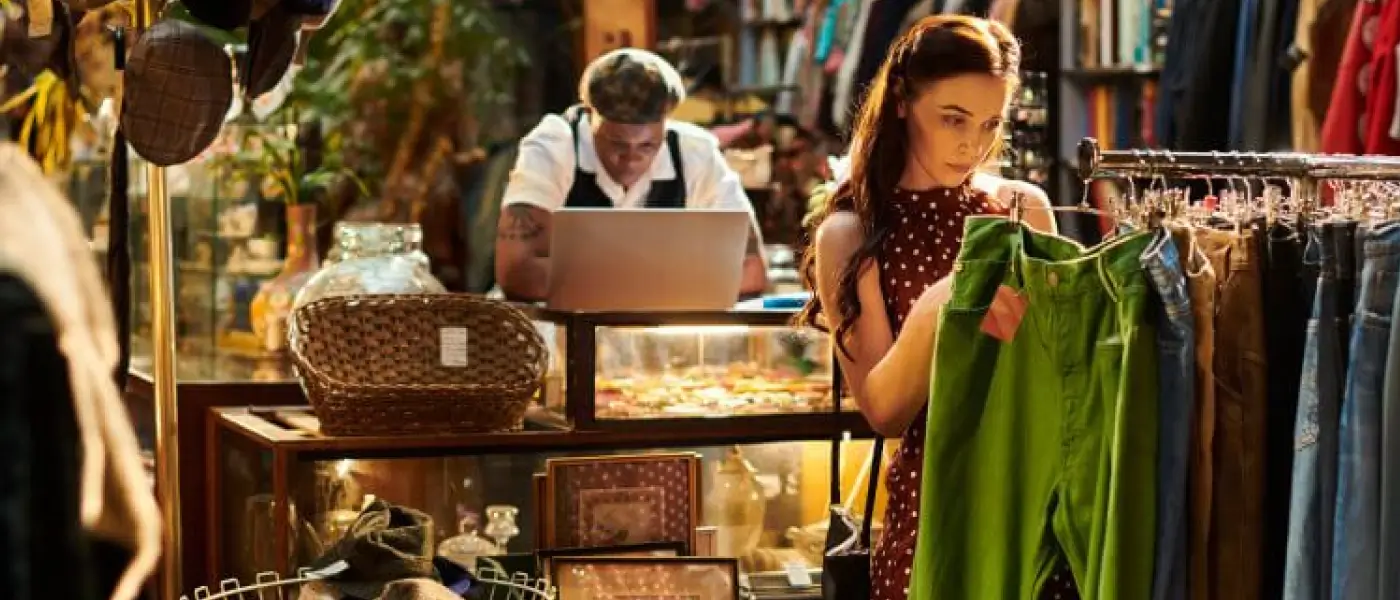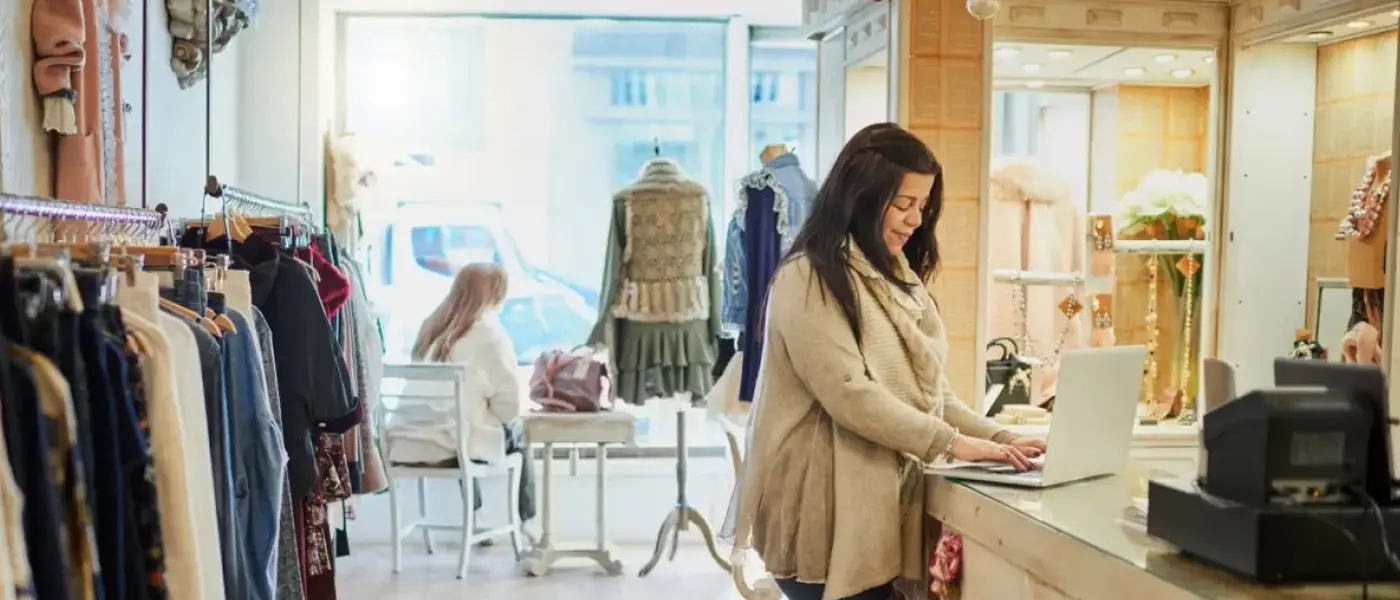Table of Contents:
The psychology of card payments and higher spending
Card payments impact purchasing behaviour by making transactions feel less tangible. Market research shows that consumers tend to spend more using contactless payments compared to cash, as physical currency triggers a stronger emotional response to loss.
A study published in the Journal of Economic Behavior & Organization found that electronic payments, especially contactless methods, are associated with less psychological discomfort and higher spending1. Additionally, the Bank of England has noted the shift towards digital payments, with debit cards overtaking cash as the most frequently used payment method in the UK2.
Businesses that provide contactless payment options experience higher average transaction value. Clover payment terminals, such as Clover Mini and Clover Station Duo, further streamline payments, allowing quick, seamless transactions. With contactless and digital wallet compatibility, they remove the psychological element associated with cash, encouraging shoppers to increase their basket size.
Removing purchase limitations through card acceptance
Accepting contactless payments eliminates the constraints of cash-only transactions. Customers are no longer restricted by how much cash they carry, resulting in increased opportunities to upsell and expand the average basket value.
By deploying devices like Clover Flex, merchants gain flexibility to accept payments anywhere in-store, even at queue points. This flexibility improves customer satisfaction and enables staff to suggest add-ons during the sales process, effectively increasing customers’ basket sizes.
Payment terminals also support higher-value sales. Large purchases are more feasible when consumers can split payments or use credit options, pushing up the average transaction value naturally.
Leveraging rewards and loyalty through payment terminals
Loyalty programs incentivise higher spending. Integrating loyalty systems into payment terminals allows automatic point collection, discount tracking and personalised promotions at checkout.
Clover POS systems support integration with third-party loyalty apps and offer built-in loyalty tools. These features motivate repeat visits and encourage customers to spend more to unlock benefits – one of the most effective strategies in how to increase basket size in retail environments.
Data analytics available through Clover POS solutions helps identify top-spending customers and tailor promotions to them, directly improving average basket value.
Implementing strategic pricing with card payments in mind
Strategic pricing encourages customers to spend more by highlighting value tiers and package deals. POS terminals can prompt these offers at checkout, influencing buying decisions in real time. Examples include:
- Tiered pricing models: Offer basic, standard and premium packages
- Add-on prompts: Suggest accessories or upgrades at payment
- Timed promotions: Activate premium product discounts during peak hours
According to the Office for National Statistics, UK consumers spend more during the evening, particularly on food and retail. Businesses that use this insight to adjust pricing and promotions via card terminals are better positioned to increase average transaction value2. Solutions such as Clover POS systems enable these strategies with flexible display configurations and customisable checkout flows that can showcase bundle offers and price incentives.
Maximising revenue through strategic payment technology
Increasing basket sizes requires more than product quality. It demands smart payment strategies. Advanced payment terminals such as Clover POS systems empower merchants with:
- Seamless transactions
- Loyalty integrations
- Real-time analytics
- Strategic checkout prompts
These features support strategies that increase basket size and improve the average basket value. Compare Clover’s payment solutions for advanced tools that enhance revenue and efficiency. Contact us to learn how Clover’s POS technology transforms POS performance and explore the range of available smart terminals.
Bibliography
1 Dutch National Bank: Paying in a blink of an eye: it hurts less, but you spend more
2 Bank of England: Will cash die out?




